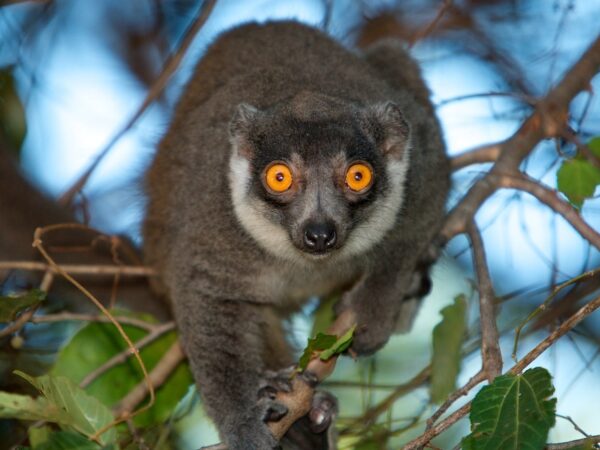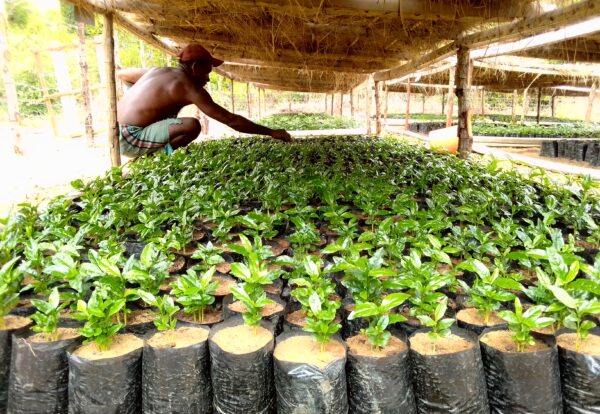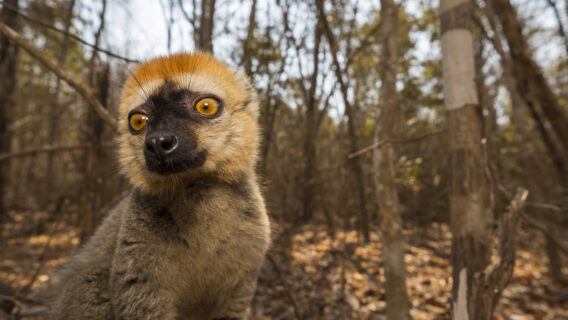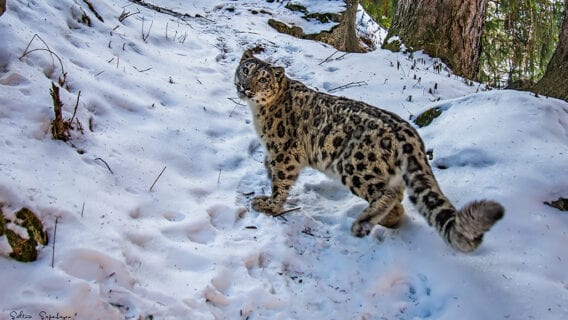
Ankarafantsika National Park: Saving Endangered Lemurs Through Community-Based Forest Restoration and Fire Management
Project description
Madagascar’s western dry forests are among the most threatened biomes on the planet, with only five remaining forest blocks larger than 50,000 hectares. One of these is Ankarafantsika National Park (ANP), the focus of this project.
Fire is widespread across Madagascar, but recent data shows it is especially intense in the western dry deciduous forests, such as those found in ANP. The park is a vital refuge for wildlife, particularly lemurs—the world’s most endangered group of mammals. ANP is home to eight lemur species, including two classified as Critically Endangered and one as Endangered. The surrounding communities largely rely on subsistence livelihoods, with many families facing food insecurity.
To address the above threats, Planet Madagascar is working to improve fire detection (through satellite data and drones) and management practices, build tools for continued habitat restoration practices, and enhance community development in a conservation context.
This project is implemented by Planet Madagascar.
Threats

Habitat loss & degradation
Project objectives
The project aims to create sustainable forest communities where endangered lemurs and humans can coexist, by expanding and protecting lemur habitats while supporting income, food, and health security for local people. Specifically, the objectives are to:
- Expand lemur habitat through the continued and accelerated establishment of forest reforestation zones.
- Address fire-related threats through the maintenance of firebreaks, enhanced fire patrols, and implementation of a cattle-grazing strategy.
- Improve community livelihoods by strengthening income and food security.
Project activities
- Plant 90,000 native tree seedlings annually across reforestation zones, including three new 25-hectare zones (30,000 seedlings) and one existing 242-hectare zone (60,000 seedlings).
- Organize educational events, including an annual Healthy Forest and Responsible Fire Day.
- Maintain firebreaks to reduce the risk of wildfires and protect forested areas.
- Introduce innovative forest and lemur monitoring techniques, such as drones and camera traps.
- Conduct stakeholder meetings focused on sustainable cattle grazing and agricultural practices.
- Involve the local women’s cooperative in stakeholder meetings, training initiatives, and through the purchase of seedlings.
- Explore a new biofuel initiative aimed at reducing reliance on fuelwood and charcoal, while supporting local enterprise development.






